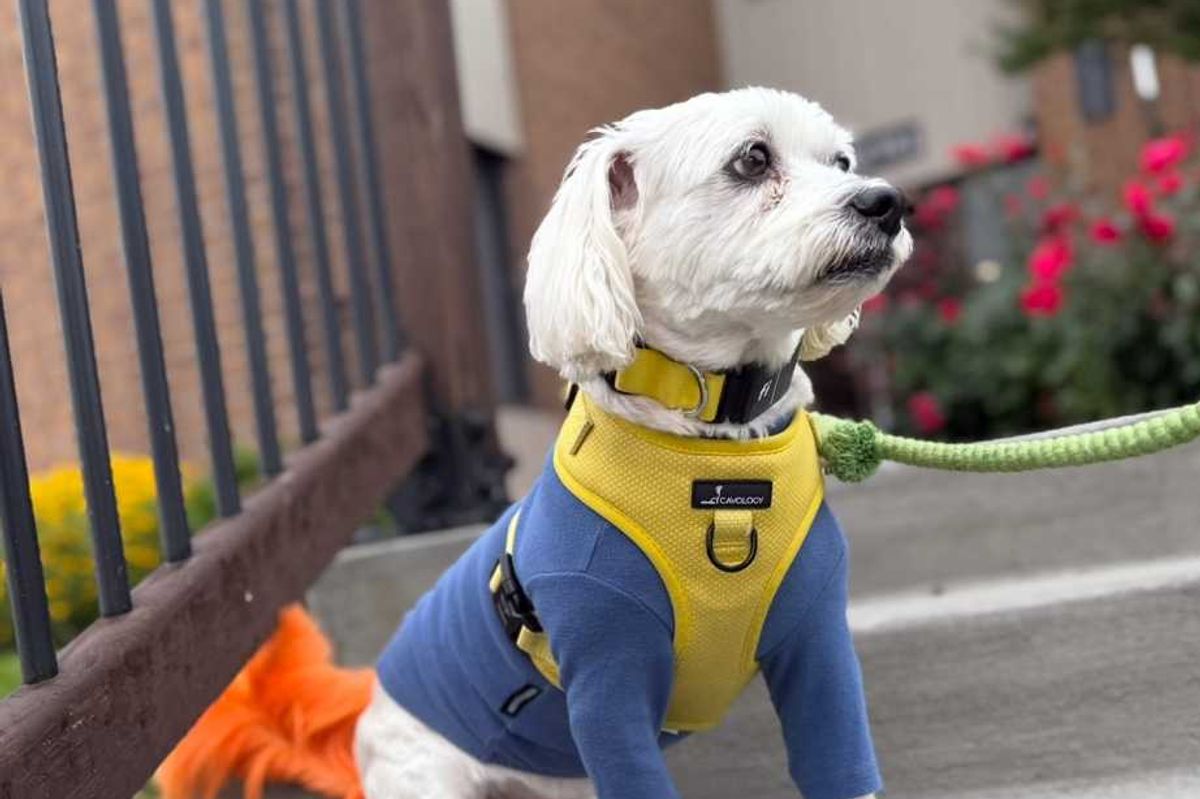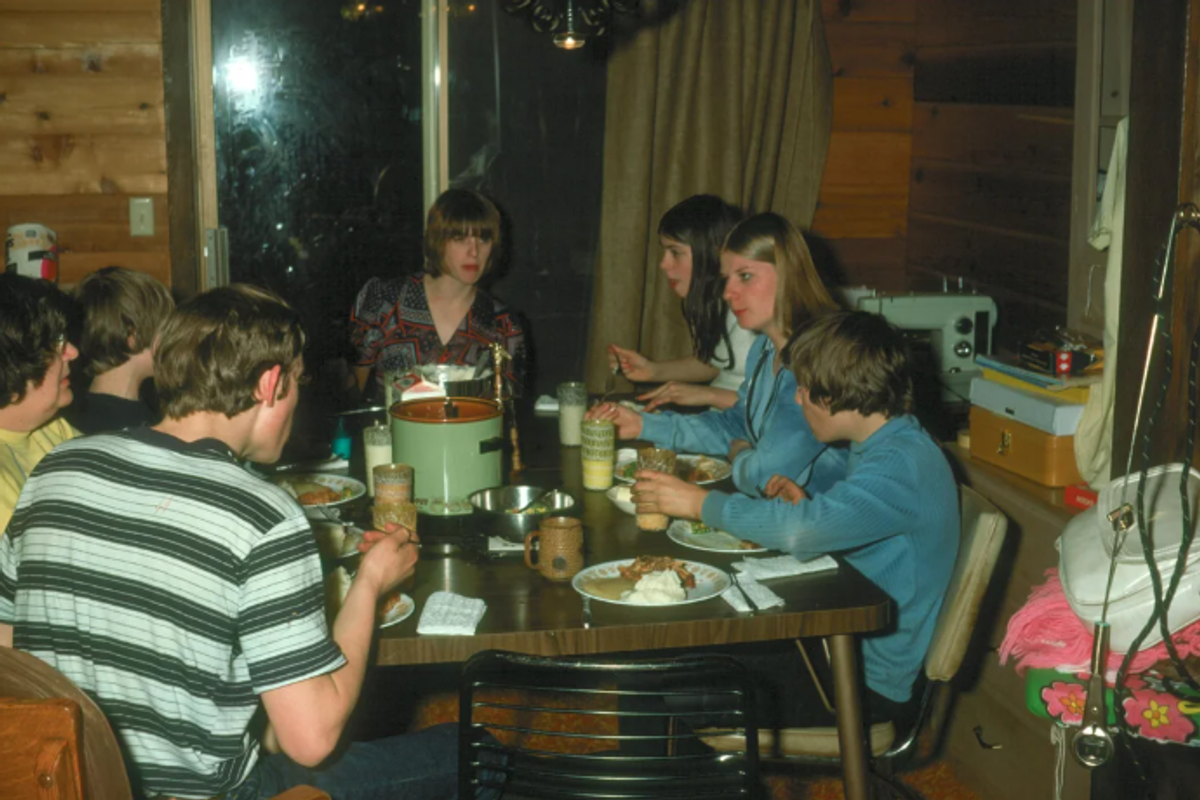
Extreme pogo stick is a growing niche sport.
The first pogo stick was patented in 1919, and every couple of generations, it makes a comeback. My early-'80s childhood was rife with pogo sticks (followed up by the much-easier-to-use Pogo Bal) and to this day I'm thankful I never broke an ankle trying to use them.
Some of us are built for pogo sticks and some of us are not, friends. I definitely was not, which is why the extreme pogo stick movement absolutely blows my mind.
Not only do people bounce around on pogo sticks without falling on their faces, but they also do flips and tricks and slide down rails and other things that would make every mother's heart jump into her throat.
I mean, just watch this:
Aside from wanting to yell, "Why aren't you wearing a helmet?!?" at some of these guys, I'm mesmerized by these feats. Again, I couldn't even get the pogo stick to bounce around normally when I was a kid. How do they do this? How?
One of the now best-known professional (yes, professional) pogo stick riders, Tone Staubs, got started as a teen, when he saw someone doing pogo tricks. He was inspired to dust off the pogo stick he'd gotten for his 8th birthday and give extreme pogoing a go.
Now, 15 years later, he holds the Guinness World Record for pogo stick jumps in one minute (266 jumps) and still does tricks no one else has ever done. And he loves it.
"It allowed me to express myself and become the person I wanted to be," Staubs told The Gazette. "I easily could've been stuck at some job I don’t want."
(And yes, he has twisted, rolled, dislocated, hyperextended and broken various body parts in those 15 years. Be careful, kids.)
Extreme pogo stick is a niche extreme sport, but it's growing. Xpogo, a company dedicated to the sport, puts on Pogopalooza: The World Championships of Pogo each year.
Watch the winners of the Best Trick from Pogopalooza 2021. Utterly bonkers.
All I see here is terror and bumps and bruises, and yet I can't stop watching.
They even do a high jump competition. On pogo sticks. Humans are incredible.
I mean, come on…
Seriously, terrifyingly impressive.
Follow Xpogo on Instagram and YouTube for more extreme pogoing fun.
- Fearless 6-year-old skater impresses, dropping into a 12-foot bowl ... ›
- Three of the women's skateboarding medalists are 13. One is 12 ... ›
- Extreme yo-yo's, high rise jeans and fluffy blowouts show the '90s ... ›









 Screenshot of Jamie Lee Curtis and Michelle Yeoh at the 2023 Golden Globes
Screenshot of Jamie Lee Curtis and Michelle Yeoh at the 2023 Golden Globes  Jamie Lee Curtis at the 41st Emmy Awards in 2006
Jamie Lee Curtis at the 41st Emmy Awards in 2006 Gif of Jamie Lee Curtis clapping via
Gif of Jamie Lee Curtis clapping via 

 The changing room brought out a painful revelation.
The changing room brought out a painful revelation. 
 A woman appears stressed while working on laptop. Photo by
A woman appears stressed while working on laptop. Photo by